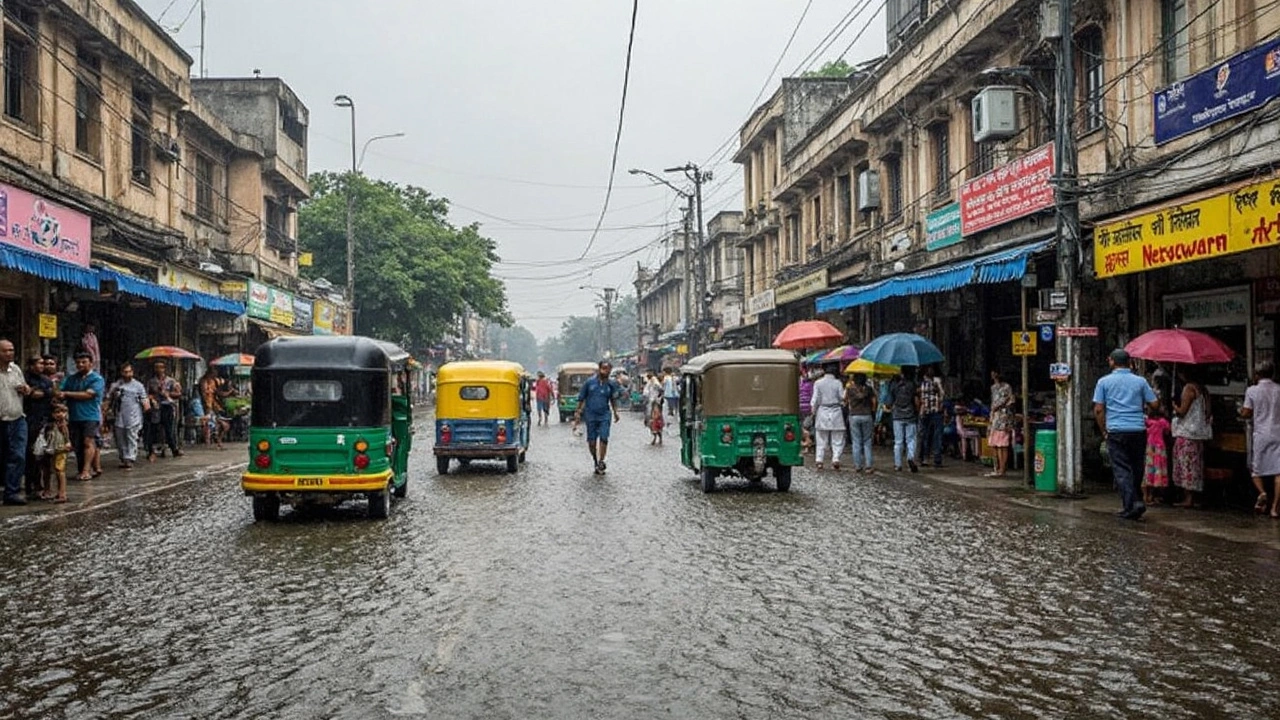Flood Warning – Latest Alerts, News & Safety Tips
Whenever the sky opens up and water starts overflowing, you need fast, reliable info. This page gathers all the current flood warnings in India, from red alerts in Punjab to cloudbursts in Uttarakhand. We break down the headlines, show which states are most at risk, and give you simple steps to stay safe. No jargon, just what matters when the water rises.
Recent Flood Alerts Across India
The India Meteorological Department (IMD) has issued a red alert for north‑India rain that’s turning cities into rivers. Punjab is seeing its worst floods since 1988, while Delhi‑NCR faces water‑logged streets and a Yamuna level just below its 1978 peak. Bihar’s Ganga and tributaries have surged, affecting more than 25 lakh people across ten districts. In Jammu & Kashmir, September rains are above average, prompting flash‑flood and landslide warnings. Uttarakhand’s Chamoli district reported a cloudburst in Tharali, with heavy rain expected for the next 24 hours.
These alerts aren’t just numbers – they’re driving evacuations, flight delays, and road closures. For example, a drain breach on the Haryana‑Delhi border forced families to move out of low‑lying colonies, and IGI Airport saw several flight diversions because of flooding near the Outer Ring Road. The pattern is clear: heavy rain, low‑pressure systems over the Bay of Bengal, and sudden surges in rivers are creating real‑time emergencies across the north, east and Himalayan regions.
How to Stay Safe During Floods
First thing – listen to the official alerts. If IMD or your state’s disaster management team issues a red or orange warning, treat it as a call to act. Pack a small emergency kit: bottled water, basic medicines, important documents in a zip‑lock bag, a flashlight, and a portable charger. Keep a pair of waterproof shoes and a raincoat handy; they’ll make moving through waterlogged streets less painful.
If you live in a low‑lying area, plan an evacuation route before the water arrives. Know the nearest high ground or community shelter and keep a list of contacts ready. When authorities order an evacuation, leave immediately – don’t wait for the water to reach your door. Avoid driving through flooded roads; just six inches of moving water can destabilize a car, and deeper water can sweep it away.
After the flood, watch out for hidden hazards. Electrical lines may be exposed, and standing water can carry disease‑causing bacteria. Disinfect any items that got wet, and if you suspect contamination, use clean water for drinking and cooking. Stay tuned to local news for updates on relief camps, food distribution, and road reopenings.
Remember, flood warnings are about giving you time to protect yourself and your loved ones. By staying informed, preparing early, and following official instructions, you can reduce the risk of injury and loss. Keep checking this page for the latest alerts and practical advice, and share the info with neighbors who might not be online. Together, we can stay ahead of the flood and keep the community safe.

Madhya Pradesh is set for a turbulent week as the IMD issues orange and yellow alerts for central and eastern districts due to imminent heavy rains. Residents face the risk of floods, storms, and traffic disruption, with authorities urging precaution. Rainfall is forecast to ease after July 12.
